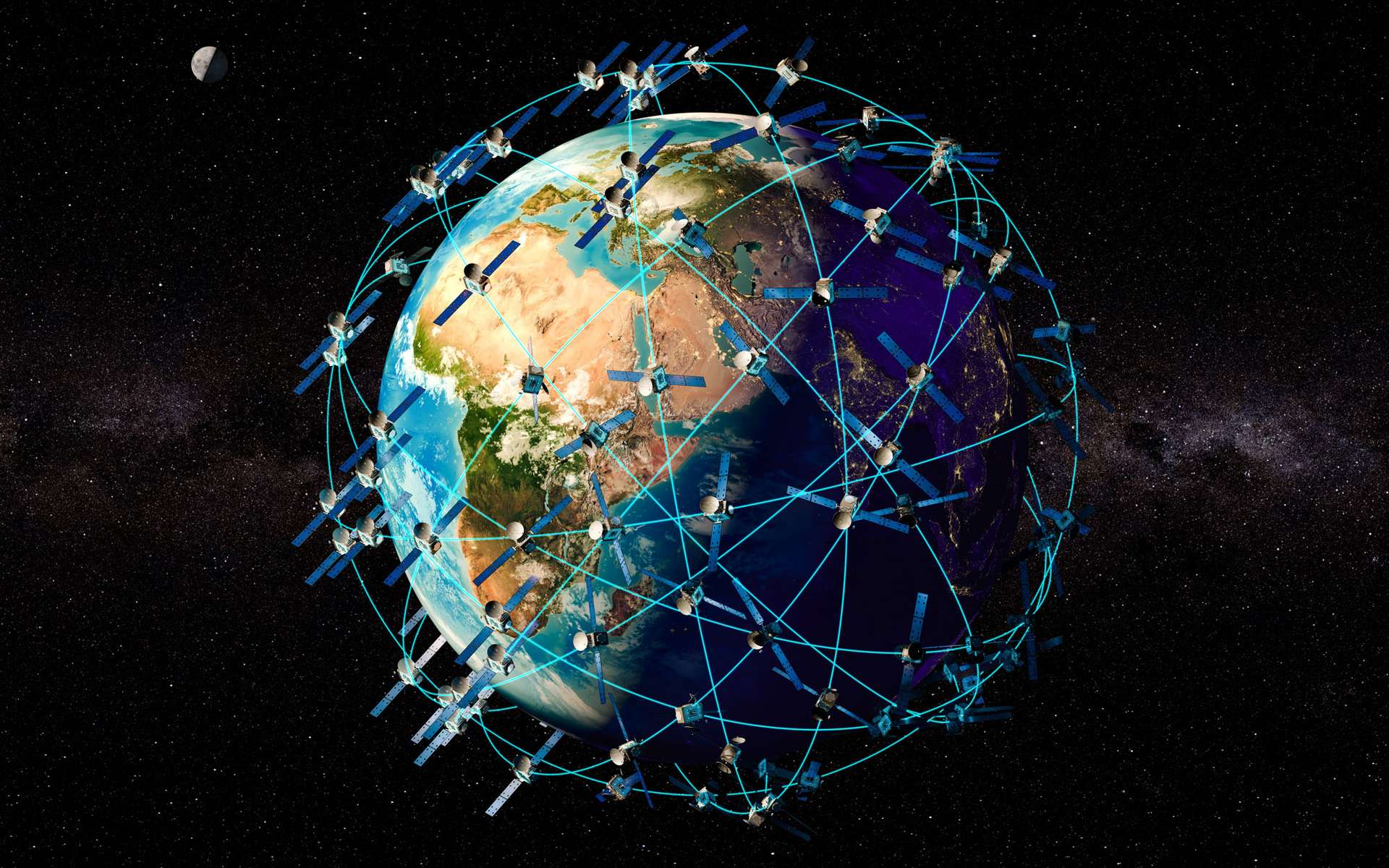
The eruption of Hunga Tonga in January 2022 continues to bring us new knowledge. Scientists have studied the impact that large volcanic eruptions can have on satellite communications, via the disturbance of the upper layers of the atmosphere.
You will also be interested
[EN VIDÉO] Explosive eruption in the Tonga Islands The eruption of the Hunga Tonga-Hunga Ha’Apai volcano produced very violent explosions and columns…
How can the eruption of an underwater volcano impact the signals emitted by satellites orbiting the Earth? At first sight, these two events indeed seem impossible to connect. And yet, this is what happened when Hunga Tonga erupted in January 2022.
We now know that this eruption is one of the most powerful ever known to man. Huge ash plume, tsunami and atmospheric gravity waves…, the violent eruption of this underwater volcano located in the Pacific had a global impact. It is the effect on the highest layers of the atmosphere that has attracted the attention of some scientists.
Ionization of the atmosphere plays a major role in satellite communications
The ionosphere represents the upper part of the atmospheric envelope. In this layer which marks the boundary with the vacuum of space, molecules and atoms undergo the action of solar radiation, which, through the process of ionization, produces positively charged ions. It is between 150 and 800 kilometers of altitude that we find the greatest concentration of ionized particles (the highest plasma density), in the so-called F region. By its chemical particularity, this atmospheric layer plays a crucial role in long distance radio communications. It makes it possible to reflect and refract the radio waves used by satellites and GPS systems.
An ingenious system that works wonderfully, but especially during the day, when the Sun’s ultraviolet radiation strongly ionizes the particles of the ionosphere. When night falls, things get complicated. As the Sun disappears, the ionization process stops and so-called plasma bubbles (EPB for Equatorial Plasma Bubble), which consists of areas of low density of ionized particles. These bubbles will, by convection, rise in the ionosphere, causing disturbances in the plasma density in the F region, which will directly impact and degrade the radio signals emitted by the satellites.
The role of pressure waves on plasma density
It has long been assumed that these plasma bubbles can also be produced during terrestrial events such as large volcanic eruptions. However, this had never been proven.
It is now done thanks to the eruption of Hunga Tonga. By analyzing data from different satellites, a team of scientists was able to observe the generation of a plasma bubble at the time of the volcanic eruption. The cause ? The shock wave produced by the violent explosion of the underwater volcano. More interestingly, disturbances of the ionosphere were observed a few minutes to a few hours before the arrival of the shock wave, in connection with the arrival of even faster waves. An element that the geosphere-atmosphere-cosmosphere coupling model does not currently take into account.
The results, published in Scientific Reportsshow the need to take into account the effect of major natural events such as earthquakes or volcanic eruptions on satellite communications.




GIPHY App Key not set. Please check settings